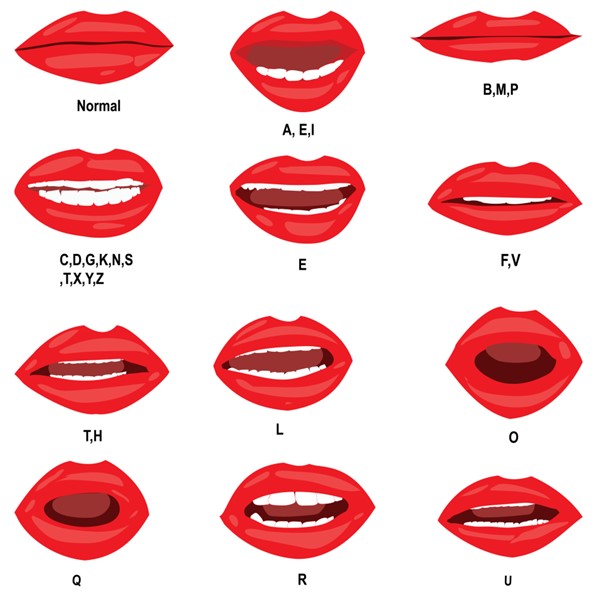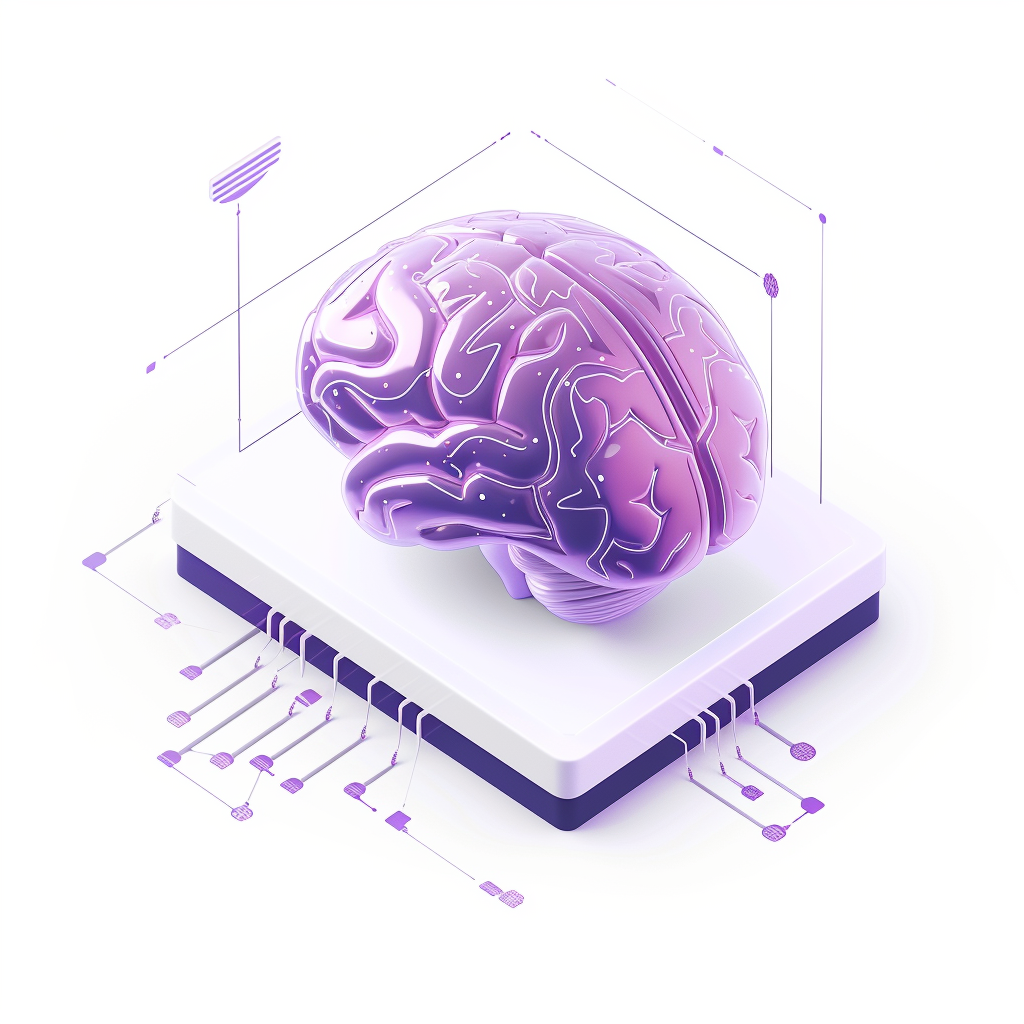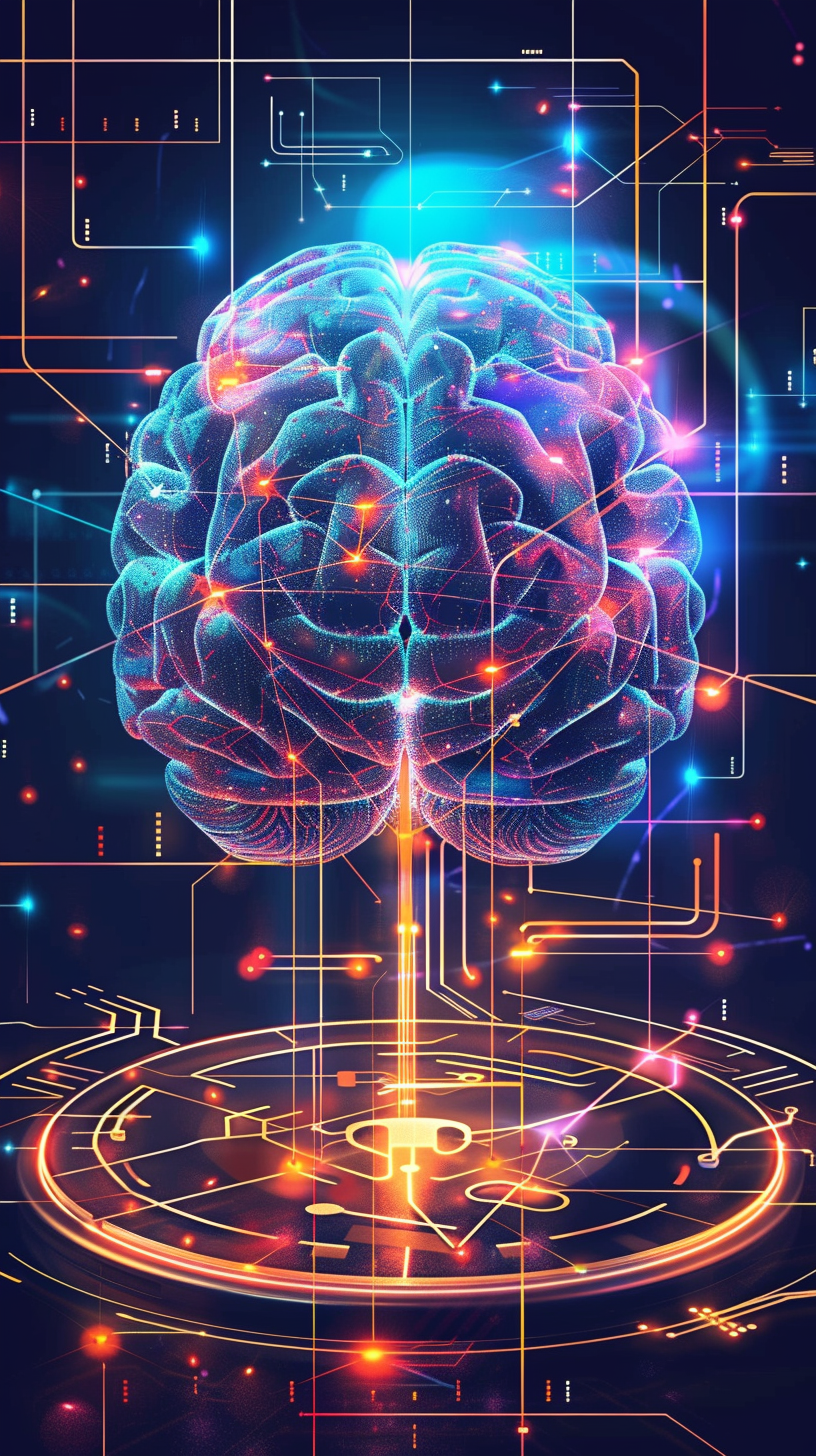A new AI-powered lip-reading tool, “Read Their Lips” by Symphonic Labs, has sparked a lot of online discussion. The service, available at readtheirlips.com, uses artificial intelligence to analyze lip movements in videos where the audio is missing or unclear. People on Reddit are exploring its potential, discussing both its exciting possibilities and current limitations.
The tool works by using AI to identify and interpret lip movements, converting them into text. While human lip readers typically understand only 20-60% of what’s being said, the AI faces similar challenges. Some users found that the results were far from accurate, with one test producing mostly gibberish.
The tool struggles with words that have similar lip movements, like “island view” and “I love you,” which complicates its effectiveness. Despite these shortcomings, there’s excitement about using this AI on historical videos or footage where sound is lost, potentially revealing previously unknown conversations.
How It Works
The AI-powered lip-reading tool uses a convolutional neural network (CNN) to analyze lip movements. It is trained on a large dataset of videos where the phonemes—basic units of sound—are labeled. When someone speaks, the AI looks at their mouth movements and tries to match them to the correct phonemes, ultimately converting those into words.
While this technology is promising, it’s still in the early stages. Current AI models face difficulties when trying to differentiate between similar-looking lip movements, which lowers the accuracy of the results. For example, sounds like “F” and “V” or “B”, “M”, and “P” can appear almost identical when spoken. As more data is added and the AI improves, these issues could be reduced, leading to better accuracy.

Comparison with Human Lip-Reading
Interestingly, the challenges AI faces are similar to those encountered by human lip-readers. Human lip readers also struggle with differentiating between phonemes that look alike. As the image below shows, many sounds are produced with very similar mouth shapes, making it difficult to rely on visual cues alone.

For instance, lip readers may have trouble distinguishing between “B”, “M”, and “P” without additional context. Because of this, human lip readers typically understand only 20-60% of what’s being said, using their experience and the surrounding conversation to fill in the gaps.
AI, much like humans, struggles with these nuances. However, where humans rely on contextual knowledge to improve their understanding, AI depends on large datasets and computational models. As the AI is exposed to more diverse data and more advanced algorithms, it could eventually become better at reading lips in specific scenarios, even surpassing human accuracy in the future.
Potential Applications and Concerns
There are many potential uses for AI lip reading. It could help in noisy environments where hearing is difficult, or be applied to old videos where the audio is damaged or missing. It could also assist people with hearing impairments, giving them another way to follow conversations in real-time.
On the flip side, privacy concerns arise. If AI becomes highly accurate, it could be used for surveillance, reading private conversations from security footage without consent. These ethical concerns highlight the need for caution in how this technology is applied.
For now, “Read Their Lips” shows promise but has a long way to go before it becomes a reliable tool. With improvements, it could transform how we interact with video and sound, opening up new possibilities for communication and accessibility.
Conclusion
The “Read Their Lips” AI tool by Symphonic Labs has sparked both curiosity and debate. While the technology is still in its early stages, it shows potential for transforming how we interact with silent or unclear video footage.
Despite current limitations—such as struggling with similar-looking phonemes like “F” and “V”—the tool could evolve into a useful application for areas like accessibility, historical research, and even surveillance.
As the AI continues to improve, several questions arise: How accurate can this technology become? Will it be used responsibly, or could it pose privacy risks? And most importantly, how will it be applied in real-world scenarios?
For now, “Read Their Lips” is a promising innovation that will likely see significant development in the coming years, potentially opening up new ways for AI to bridge the communication gap in various fields.







